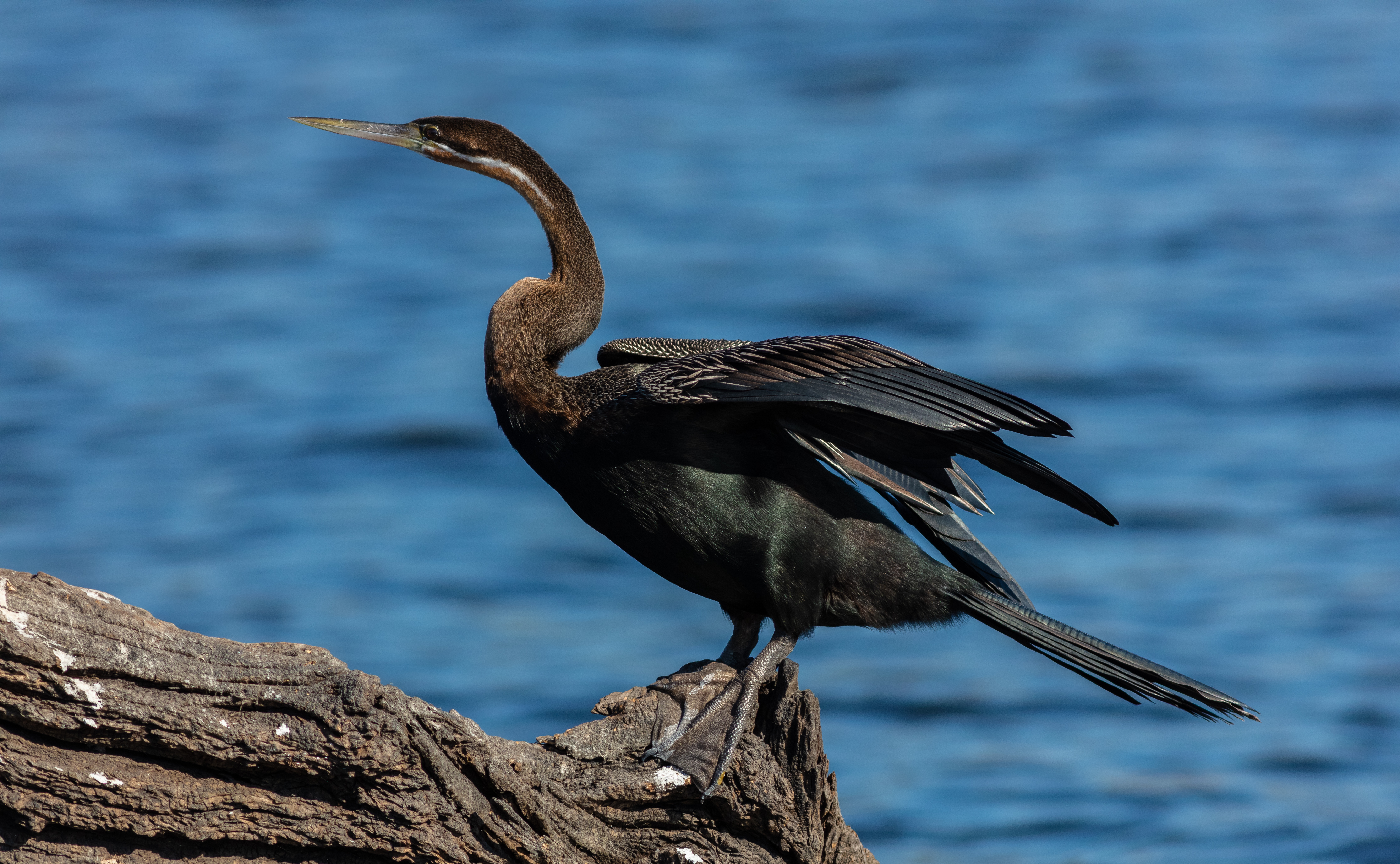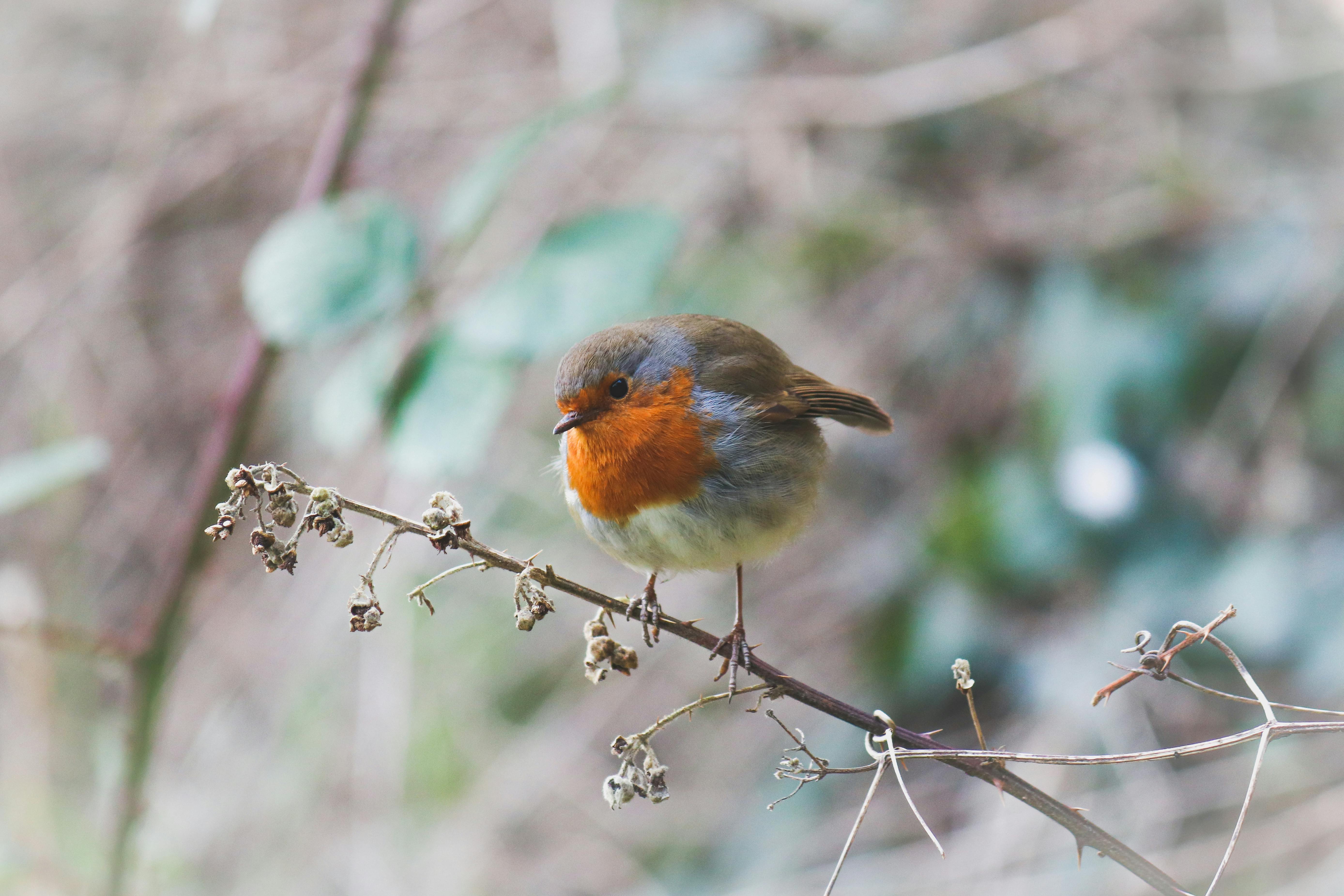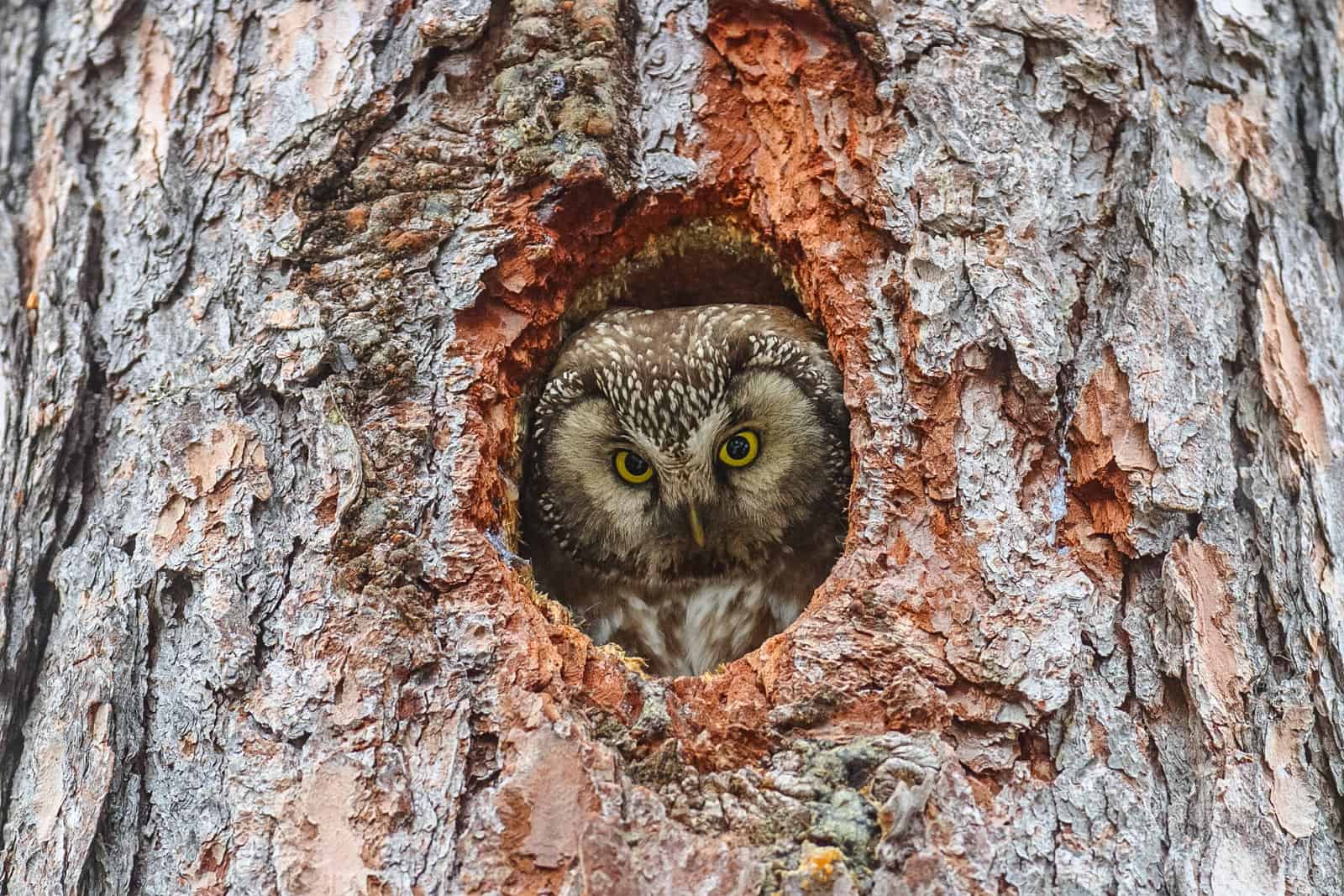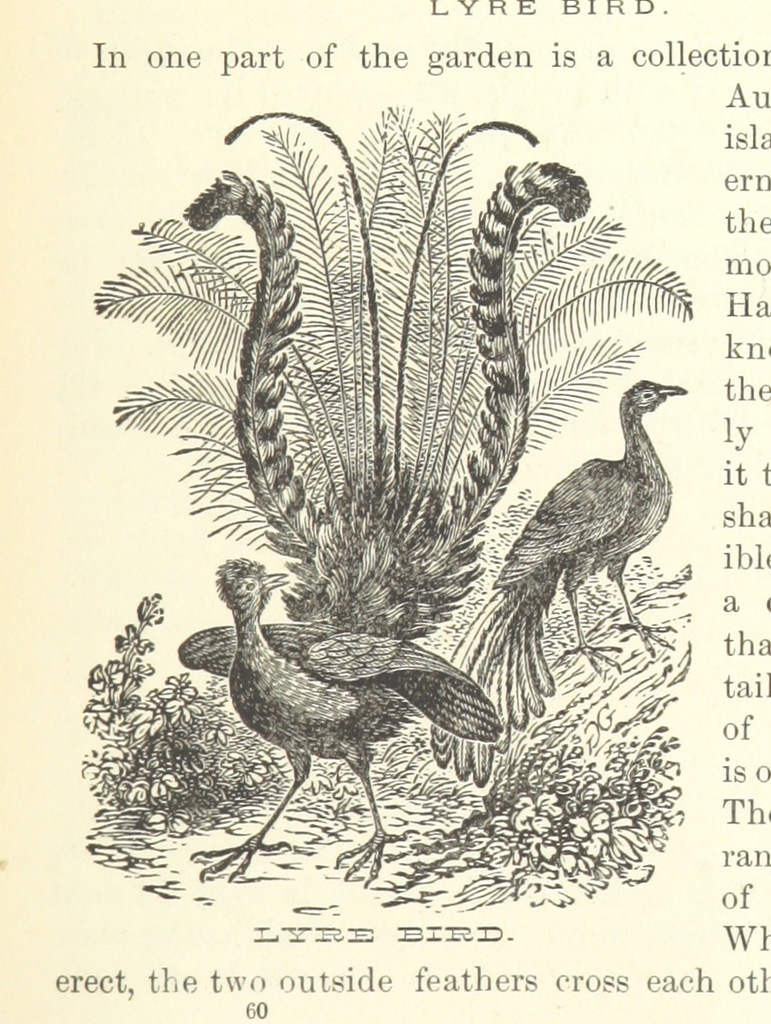Introduction: Exploring the Kingdom of Birds

Taxonomy, the scientific discipline of classifying organisms, provides us with a hierarchical system to organize the diverse life on Earth. At the highest level of this system, we find the concept of a kingdom.
In the 18th century, Swedish botanist Carolus Linnaeus proposed a classification system that has evolved over time to include six kingdoms: Animalia, Plantae, Fungi, Protista, Archaea, and Bacteria.
Our focus will be on the Animalia kingdom, which encompasses a remarkable variety of multicellular, eukaryotic organisms. Animals, as heterotrophs, obtain nutrients by consuming other organisms. They captivate us with their diverse forms, habitats, and lifestyles.
Now, let’s turn our attention specifically to birds. Birds belong to the class Aves, a group of warm-blooded vertebrates characterized by feathers, beaks, wings, and the ability to lay eggs. These adaptations have allowed birds to conquer the skies, occupying diverse ecological niches and playing crucial roles in ecosystems.
Birds have successfully colonized habitats ranging from deserts to rainforests, and from polar regions to urban environments. Their ability to fly has shaped their anatomy, physiology, and behavior, enabling them to thrive in various environments.
Beyond their ecological significance, birds hold a special place in human culture and society. Throughout history, they have inspired awe and wonder, symbolizing freedom, beauty, and spirituality. Their melodious songs, vibrant plumage, and extraordinary migratory journeys have captured our imagination.
In this article, we will explore the kingdom classification of birds in greater detail, delving into the unique characteristics that define them. By understanding the taxonomy and biological traits of birds, we gain valuable insights into their evolutionary history, ecological roles, and conservation needs. Let’s embark on this journey to unravel the kingdom of birds and discover the wonders that lie within.
Taxonomy of Birds

Taxonomy is a crucial classification system that helps organize and categorize living organisms based on their evolutionary relationships and distinct characteristics. In the case of birds, taxonomy provides valuable insights into their place within the broader spectrum of life. In this section, we will explore the hierarchical classification of birds, starting from the kingdom level down to the species level.
Kingdom: Animalia
Birds belong to the animal kingdom, scientifically referred to as Animalia. This kingdom encompasses a diverse array of multicellular organisms that share common characteristics. Animals are heterotrophic, obtaining nutrients by consuming other organisms or organic matter. They are also eukaryotic, having cells with a nucleus and membrane-bound organelles. Unlike organisms in other kingdoms, animals have the ability to actively move and respond to their environment.
Phylum: Chordata
Within the animal kingdom, birds fall under the phylum Chordata. Chordates possess certain distinguishing features, including a notochord, a dorsal nerve cord, pharyngeal slits, and a post-anal tail during some stage of their development. Birds, like other chordates, exhibit these characteristics during their embryonic stage. The notochord provides structural support, while the dorsal nerve cord serves as the foundation of the central nervous system.
Class: Aves

Birds are classified under the class Aves, which distinguishes them from other chordates. The defining characteristics of birds include feathers, beaks, and the ability to lay hard-shelled eggs. Feathers are unique to birds and serve multiple functions, such as flight, insulation, and display. Beaks, replacing the jaws found in other vertebrates, are specialized structures adapted for various feeding habits. Additionally, the ability to lay hard-shelled eggs is a key trait that sets birds apart.
Orders, Families, and Genera
![]()
Within the class Aves, birds are further classified into various orders based on their distinct characteristics and behavior. Common bird orders include Passeriformes (perching birds) and Falconiformes (birds of prey). Each order is then divided into families and genera, representing further subdivisions based on shared traits. For instance, the Accipitridae family includes hawks and eagles, while the Fringillidae family comprises finches.
Species and Binomial Nomenclature
The most specific level of classification in taxonomy is the species. A species is defined as a group of organisms that can interbreed to produce fertile offspring. To ensure standardized naming and identification, scientists employ binomial nomenclature, which assigns a unique scientific name to each species. This system consists of two parts: the genus (plural: genera) and the species epithet. For example, the scientific name for the domestic chicken is Gallus gallus, where “Gallus” represents the genus and “gallus” denotes the species.
Evolutionary Relationships

Taxonomy not only provides a hierarchical classification but also reveals the evolutionary relationships between different species. By examining similarities and differences in anatomical structures, genetics, and behavior, scientists construct phylogenetic trees to depict the evolutionary history of birds and their connections with other organisms. Understanding these relationships contributes to our knowledge of avian evolution and the broader diversity of life on Earth.
In the next section, we will delve into the six kingdoms of life and discuss where birds fit within this classification framework.
The Six Kingdoms of Life

In the vast realm of life on Earth, scientists have devised a classification system known as the Six Kingdoms of Life to categorize and understand the diversity of living organisms. Each kingdom represents a distinct group of organisms sharing common characteristics and evolutionary relationships. Let’s delve into each kingdom to unravel the intricacies of life’s tapestry.
Animalia
The kingdom Animalia encompasses a wide array of multicellular organisms, ranging from minuscule insects to majestic mammals. Animals are heterotrophic beings, obtaining nourishment by consuming other organisms. Their ability to move distinguishes them from other kingdoms. The animal kingdom showcases an astounding diversity of body structures, from the intricate internal systems of humans to the remarkable adaptations of creatures inhabiting various ecological niches.
Plantae

Within the kingdom Plantae, we encounter the green guardians of our planet. Plants are autotrophic organisms capable of harnessing the power of sunlight through photosynthesis to produce their own food. They possess cell walls, chloroplasts, and other specialized structures that enable them to convert light energy into chemical energy. While most plants are stationary, some exhibit limited movement, such as the graceful dance of sunflowers tracking the sun’s path.
Fungi
The kingdom Fungi introduces us to the silent decomposers and symbiotic partners of the natural world. Fungi obtain their nutrients by breaking down organic matter in their surroundings. They can be either multicellular, like mushrooms dotting forest floors, or unicellular, as demonstrated by ubiquitous yeast. Fungi play a vital role in recycling nutrients and aiding the decomposition process, ensuring the balance of ecosystems.
Protista
Within the kingdom Protista lies a diverse assemblage of eukaryotic organisms that defy simple classification into other kingdoms. Protists exhibit a wide range of structures and nutrition modes, making them a captivating group to explore. Some protists, like algae, are multicellular and serve as primary producers in aquatic ecosystems. Others, such as amoebas and slime molds, are unicellular and display fascinating locomotion mechanisms and feeding strategies.
Archaea
The kingdom Archaea represents a distinct group of single-celled organisms that diverge from bacteria and eukaryotes. Archaea have evolved unique adaptations enabling them to thrive in extreme environments, including scorching hot springs and the depths of deep-sea hydrothermal vents. These resilient microorganisms have provided valuable insights into the limits of life on Earth and the potential for extraterrestrial life in similarly harsh conditions.
Bacteria
While not explicitly mentioned in the outline, it is worth noting the presence of the kingdom Bacteria. Bacteria are single-celled organisms that exist in myriad habitats, exhibiting incredible diversity. They play critical roles in nutrient cycling, symbiotic relationships, and even human health. From the beneficial bacteria in our gut to the pathogenic strains causing diseases, bacteria shape the world in ways both seen and unseen.
Understanding the Six Kingdoms of Life grants us a glimpse into the extraordinary complexity and interconnectedness of living organisms. By unraveling the diverse characteristics and evolutionary relationships within each kingdom, we gain a deeper appreciation for the remarkable biodiversity that thrives on our planet. In the subsequent section, we will explore the specific kingdom to which birds belong and unravel the secrets of their classification.
What Kingdom Does a Bird Belong To?

Birds hold a unique place in the classification system of living organisms, allowing scientists to organize and study the vast diversity of life on Earth. Let’s explore the kingdom to which birds belong and the benefits of understanding their classification.
Classification of Living Organisms
Taxonomy provides a systematic approach to classifying organisms based on shared characteristics. At the highest level of classification is the kingdom, representing a broad group of organisms with fundamental traits. By examining the defining features of birds, we can determine their kingdom.
Kingdom Animalia
Birds belong to the kingdom Animalia, commonly known as the animal kingdom. Within this vast kingdom, birds possess several unique characteristics that distinguish them from other members.
Characteristics of Birds
As warm-blooded vertebrates, birds have a backbone and the ability to maintain a constant body temperature. Feathers are one of their most distinctive features, serving multiple purposes such as flight, insulation, and display. Birds also lay hard-shelled eggs and have a beak or bill for feeding, grooming, and communication. While most birds can fly, some species have evolved to be flightless.
Class Aves

Within the animal kingdom, birds belong to the class Aves. This class encompasses all bird species and is characterized by specific anatomical and physiological features, including lightweight bones, specialized wings, and a highly efficient circulatory system.
Understanding the kingdom to which birds belong provides valuable insights into their evolutionary history and their place in the animal kingdom. It allows for a deeper understanding of their taxonomy, evolutionary relationships, anatomy, physiology, ecological role, and conservation implications.
The Benefits of Knowing What Kingdom a Bird Belongs To

Understanding a bird’s kingdom offers several significant benefits, providing valuable insights into its classification, evolutionary relationships, anatomy, physiology, ecological role, and conservation implications.
Classification System
The kingdom designation forms the foundation for organizing and studying living organisms. Knowing a bird’s kingdom allows us to place it within the broader context of the classification system, aiding in categorizing and comprehending birds in relation to other organisms.
Taxonomy and Evolutionary Relationships
Identifying a bird’s kingdom as Animalia deepens our understanding of its taxonomy and evolutionary connections. This knowledge enables us to explore the specific characteristics and behaviors of birds within the broader context of the animal kingdom, revealing fascinating insights into their evolutionary history.
Comparative Anatomy and Physiology
Understanding a bird’s kingdom aids in the study of its anatomical and physiological features. By recognizing commonalities between birds and other animal groups, we can make meaningful comparisons, identifying both shared and distinct structural and functional traits. This comparative approach enhances our understanding of avian biology and contributes to broader scientific knowledge.
Ecological Significance
Knowledge of a bird’s kingdom is crucial for comprehending its ecological role within ecosystems. Birds play integral roles in various ecological processes, including predator-prey relationships, pollination, and seed dispersal. Situating birds within the animal kingdom helps us understand their interactions with other organisms, their impact on biodiversity, and their contributions to ecosystem dynamics. This knowledge is vital for effective conservation and management of avian populations and their habitats.
Conservation and Management
Understanding a bird’s kingdom is essential for conservation efforts. Conservation strategies and management plans are often based on a thorough understanding of the ecological requirements and vulnerabilities of different animal groups. By placing birds within the animal kingdom, conservationists can develop targeted approaches to protect and preserve avian species, considering their specific ecological needs, threats, and conservation priorities.
In conclusion, knowing the kingdom to which a bird belongs provides numerous benefits. It facilitates the classification and study of birds within the broader context of living organisms, sheds light on their evolutionary relationships, enables comparative analyses of their anatomy and physiology, enhances our understanding of their ecological role, and informs conservation and management efforts. By unraveling the kingdom of a bird, we unlock a wealth of knowledge that deepens our appreciation for these remarkable creatures and contributes to their long-term conservation.
Conclusion: The Fascinating World of Birds in the Animal Kingdom

Birds, captivating creatures that they are, belong to the Animal Kingdom, scientifically known as Kingdom Animalia. As members of this kingdom, they share common characteristics with other multicellular organisms, boasting specialized cells and tissues. Specifically classified under the class Aves in the Linnaean system, birds encompass a diverse array of species, ranging from delightful songbirds to majestic flightless birds like ostriches and penguins.
Unveiling their captivating evolutionary history, birds trace their roots back to a group of theropod dinosaurs during the Mesozoic Era. This intriguing connection with reptiles, including dinosaurs such as Velociraptors and Archaeopteryx, underscores the profound interdependence of various species throughout Earth’s timeline.
What truly distinguishes birds from their animal counterparts are their extraordinary adaptations. Feathers, which evolved from reptilian scales, serve multiple purposes, providing insulation, enabling flight, and contributing to elaborate displays for courtship and territorial defense. Birds also possess lightweight yet robust skeletal structures, facilitating efficient flight and agile movement. Their beaks have diversified to accommodate various feeding habits, ranging from delicate nectar extraction to formidable meat tearing. Furthermore, birds boast highly efficient respiratory systems, meeting the demanding oxygen requirements of flight and sustaining their active lifestyles. With their high metabolic rate, they engage in sustained activity and necessitate substantial energy intake.
The sheer diversity of birds is nothing short of astonishing, with over 10,000 known species inhabiting every corner of the globe. These avian wonders exhibit an extraordinary range of sizes, shapes, colorations, habitat preferences, and behaviors. From lush forests to arid deserts, vast oceans to bustling urban environments, birds adapt to diverse ecosystems. Each species plays a unique and vital role within its respective habitat, contributing to crucial ecological functions such as pollination, seed dispersal, and insect control.
Understanding the kingdom to which a bird belongs yields numerous benefits. It establishes a solid foundation for studying their evolutionary history, physiological adaptations, and ecological interactions. Knowledge of a bird’s kingdom proves invaluable in scientific research, conservation endeavors, and comprehending the broader context of biodiversity.
In conclusion, birds, enchanting inhabitants of the Animal Kingdom, specifically the class Aves, offer a captivating glimpse into the intricate tapestry of life on Earth. Their evolutionary journey from dinosaurs to the remarkable diversity we witness today serves as a testament to the profound interconnectedness of species. By delving into their unique adaptations, ecological significance, and sheer splendor, we cultivate a deeper appreciation for these extraordinary creatures and their rightful place within the animal kingdom.
Frequently Asked Questions
What kingdom does a bird belong to?

Birds belong to the kingdom Animalia, which encompasses a wide array of multicellular organisms.
What is the classification of birds?
Birds are classified under the class Aves within the kingdom Animalia. They possess unique characteristics such as feathers, beaks, and the ability to lay hard-shelled eggs.
What are the defining features of birds?
Birds are warm-blooded vertebrates with feathers, beaks, and the ability to lay hard-shelled eggs. They have lightweight bones, specialized wings, and a highly efficient circulatory system.
How are birds classified in taxonomy?
In taxonomy, birds are classified into various orders, families, genera, and species. They are categorized based on their distinct characteristics, behavior, and evolutionary relationships.
Why is it important to know the kingdom of a bird?
Knowing the kingdom to which a bird belongs provides valuable insights into its evolutionary history, taxonomy, anatomy, physiology, ecological role, and conservation needs. It helps scientists understand the broader context of avian diversity and aids in conservation and management efforts.

Leave a Reply